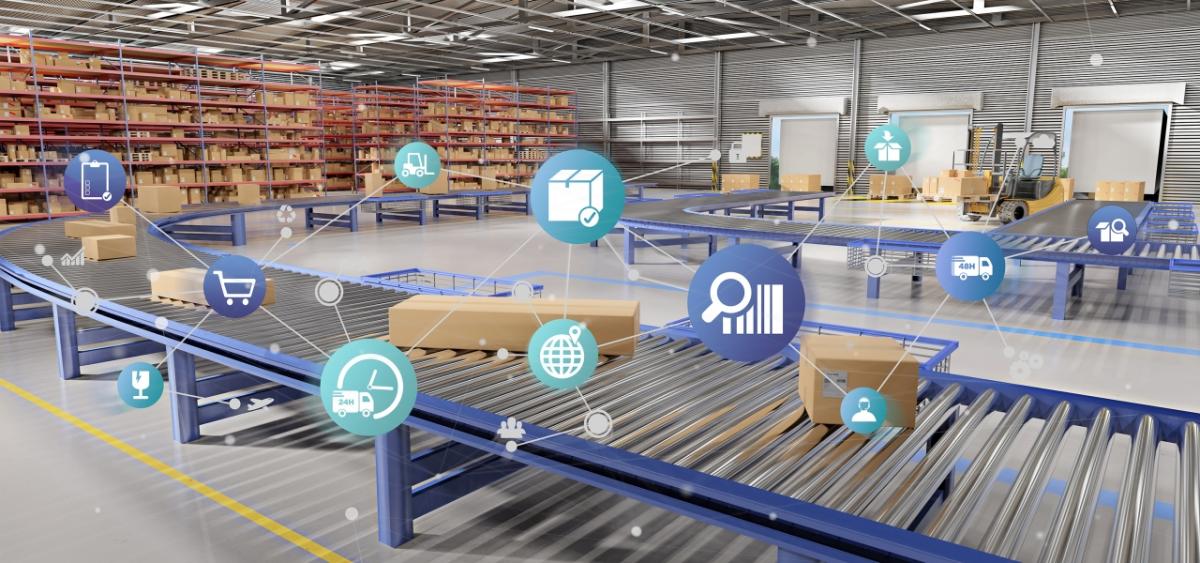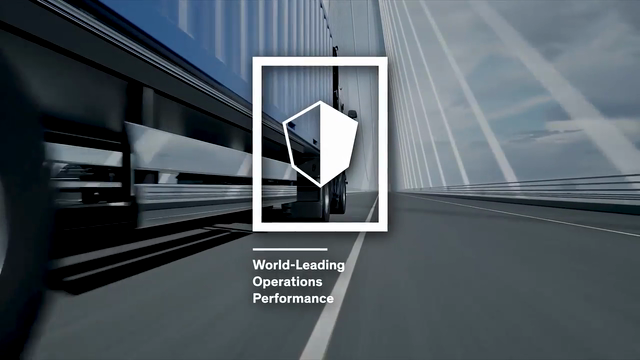Linking Technology and a Sustainable Supply Chain
Supply chains are an important link to sustainability and safety at Dow, and technology is increasingly helping to improve resource efficiency, transparency and collaboration.
Dow operates an extensive, integrated global supply chain. Our company procures more than 100 billion pounds of raw material and hydrocarbon feedstock from more than 1,000 suppliers worldwide, and manages about 3 million product shipments to external customers and other Dow locations each year.
“Our vision for a sustainable supply chain goes well beyond the boundaries of ‘greening’ the supply chain,” said Greg Jozwiak, Dow’s vice president of Integrated Supply Chain. “It addresses the fundamental attributes of sustainability, including safety and security, profitability, reliability and resilience, and social and environmental responsibility.”
Using technology to achieve a sustainable supply chain
Across our supply chain, we are utilizing technology in new ways to quantify and improve our safety and sustainability metrics. These include:
LOWERING OUR CARBON FOOTPRINT.
Shifting to a low-carbon economy means reducing carbon emissions not only from our direct operations, but that of our supply chain, too. For example, consolidating shipments can save on emissions during transportation. In 2019, we launched an initiative to consolidate smaller shipments to customers and reduce the number of trucks hauling material. Leveraging technology, we implemented a transportation optimization engine to identify when products can be shipped together, while respecting all relevant constraints, including material compatibility, route, temperature requirements and delivery times. In 2019, the program reduced GHG emissions in North America by 4,400 metric tons of carbon dioxide equivalent, which is equivalent to the carbon sequestered by 72,755 tree seedlings grown for 10 years. In 2020, we are expanding the program in North America and introducing it in Europe.
IMPROVING SAFETY AND LOWERING RISK.
Our web-based container tracking portal gives our company and customers the ability to track shipments no matter what mode of transportation or area of the world. GPS and RFID technologies are coupled with sensors that allow supply chain managers to monitor the condition of the material and the integrity of the container. Electronic seals can monitor whether a door has been opened and whether the sensors detect light. In 2019, we worked with intermodal and rail carriers to develop technology that will allow for temperature monitoring in route for temperature-sensitive or reactive products. When the material approaches a temperature that would require action, a notification is sent to alert the logistic service provider, so adequate risk mitigations can occur before there is a safety concern.
IMPLEMENTING CAPACITY-BUILDING PROGRAMS.
By engaging in collaborations, we also are driving sustainable business practices while improving supply chain capability and transparency. In India, we continue to work on initiatives to ensure greater transparency, visibility of shipments and emergency-response support through the implementation of Nicer Globe, a Responsible Care® initiative by the Indian Chemical Council, as well as use technology to streamline procedures and improve efficiency around paperless vehicle inspections and centralized data accessibility. For example, we are using technology to help manage safe-driving behavior in India through a sensor-enabled assessment of driving risks. This includes monitoring sharp turns, sudden braking and tailgating; and accounting for traffic patterns and uneven roads.
THE BUSINESS CASE FOR SUSTAINABILITY
These practices support Dow’s corporate sustainability goals, including our “World-Leading Operations” 2025 Sustainability Goal. They also align to our new, multi-decade “protect the climate” targets, which reflect our commitment to accelerate our work with suppliers, customers and value chain partners to ensure Dow’s ecosystem is carbon neutral by 2050.
In addition, a sustainable supply chain enabled by technology also is a key enabler of business growth.
“Implementing technology across our supply chain is delivering tangible business benefits, including lower total cost to serve and working capital in the form of logistics costs and inventory requirements, both with a focus on achieving greater efficiency,” Jozwiak said. “In addition, these tools and technologies also are helping improve the customer experience through increased transparency and identification of improvement opportunities.”



